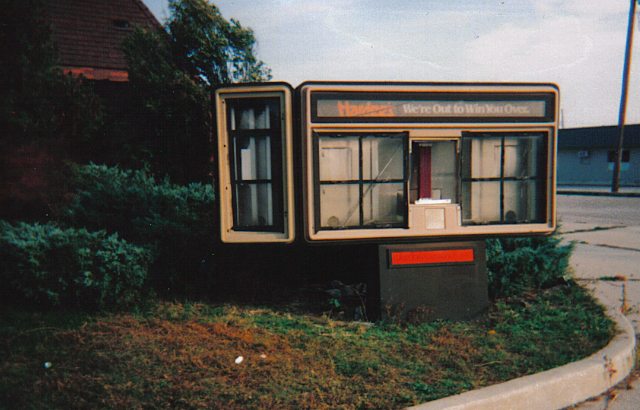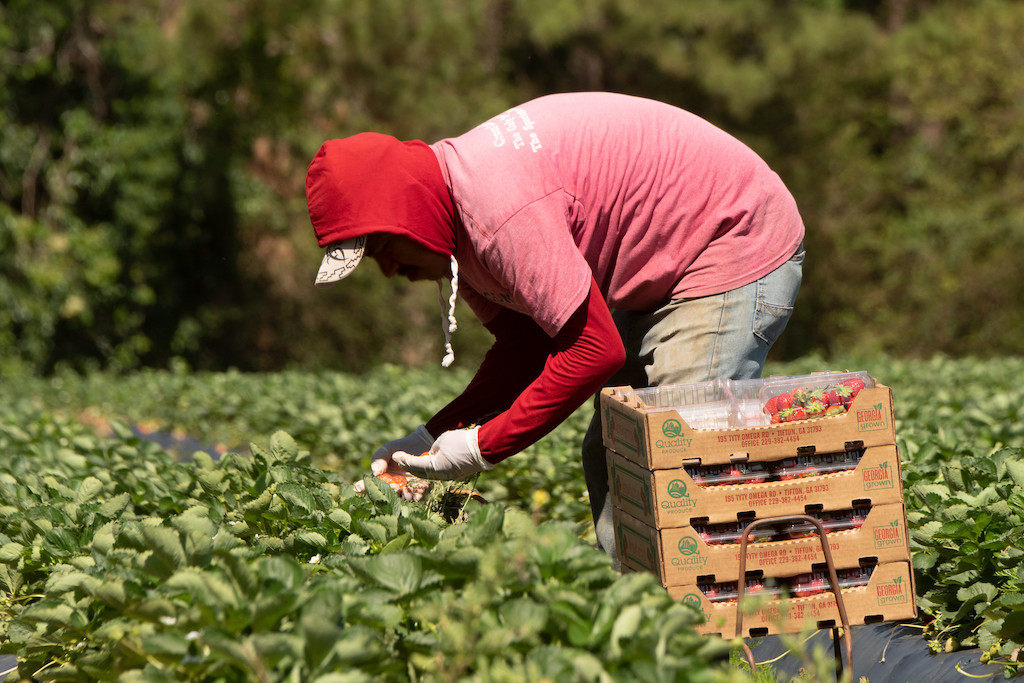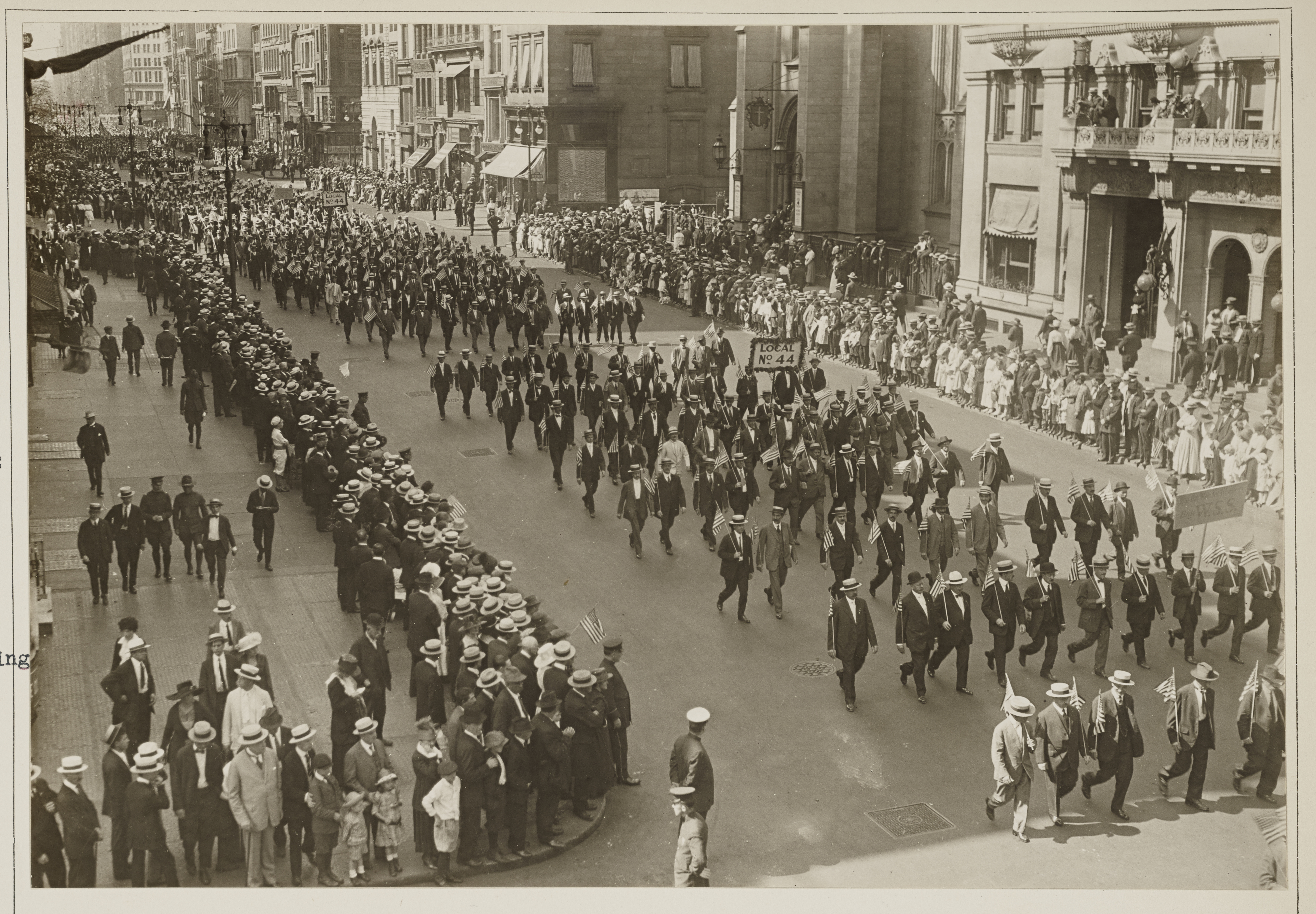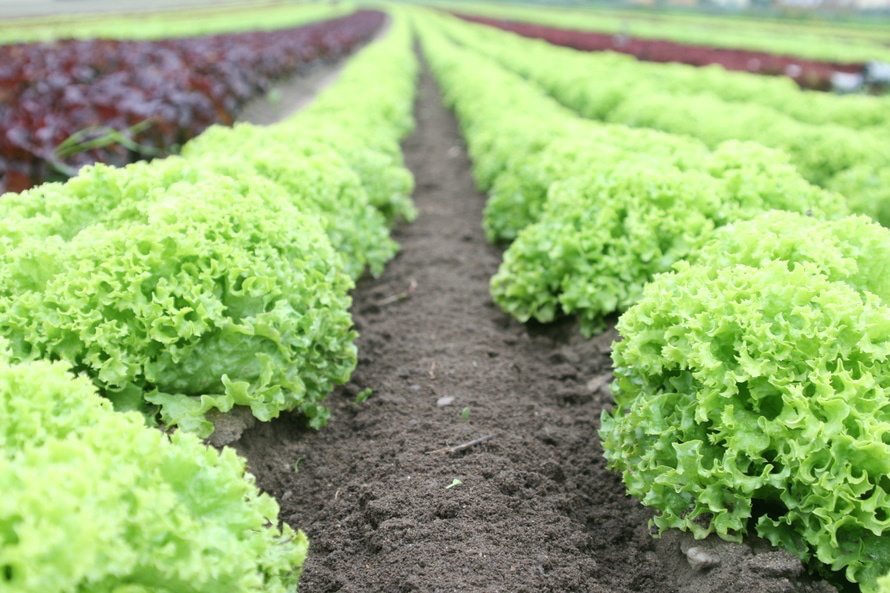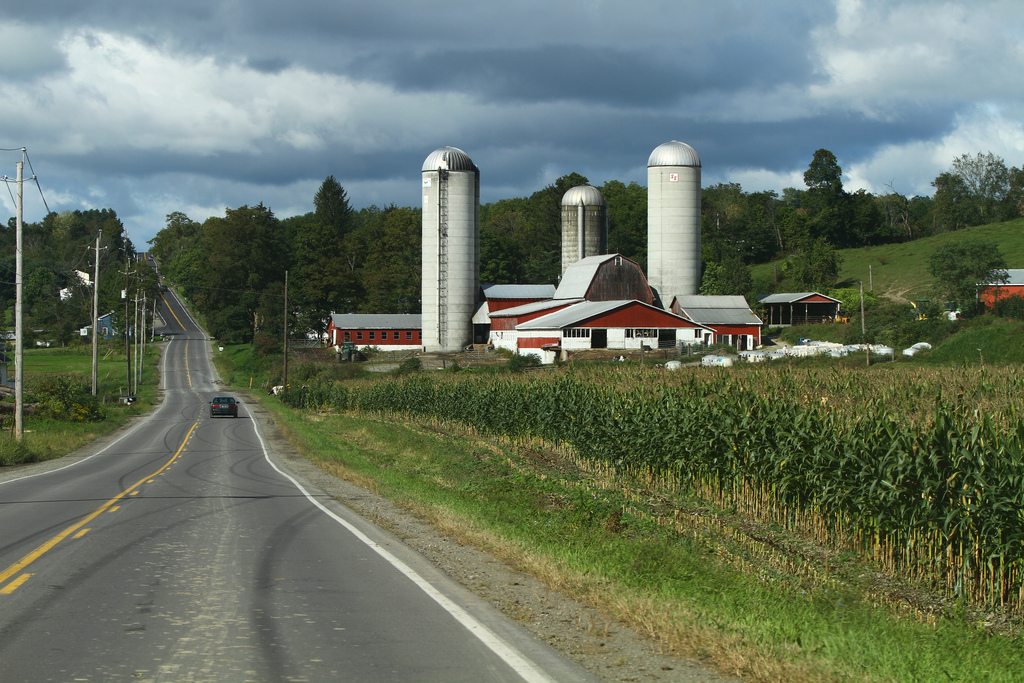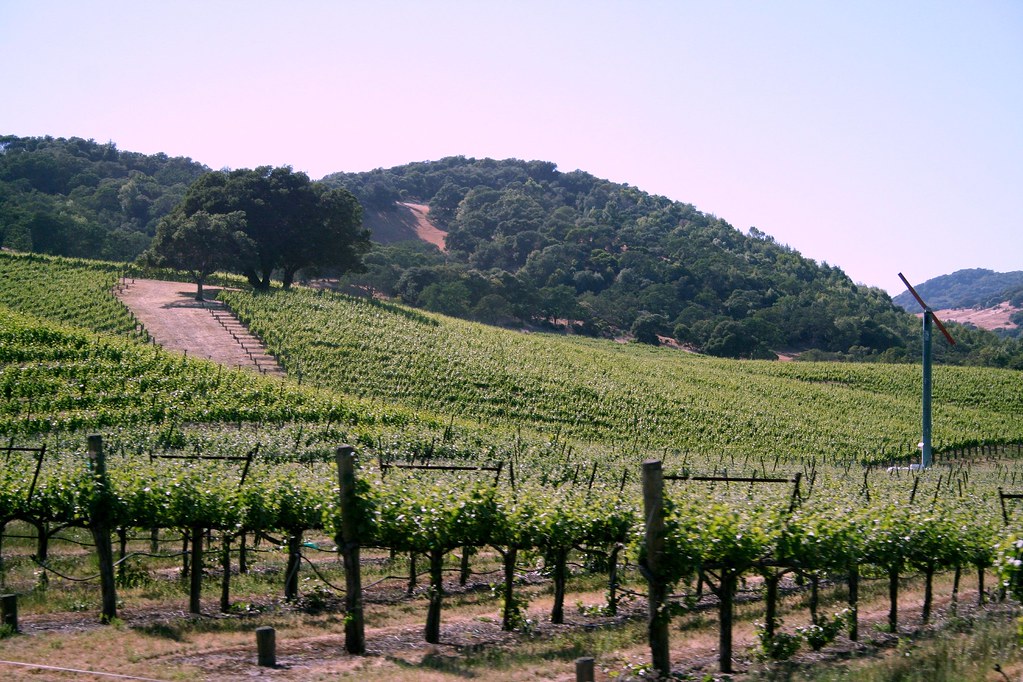
Flickr/Ewen Roberts
A new survey shows more than half of California farmers have struggled to find enough labor to pick all their crops.
The study, which was released last week by the California Farm Bureau Federation (CFBF) and the University of California, Davis, coincides with a push among lobbying groups for a legislative solution that would help bridge the gap. As of late April, Politico was reporting the groups had reached a tentative compromise with Congress that would please both farm and labor advocates—expanding the H-2A seasonal guest worker program, and providing immigrant farmworkers with a path to citizenship.
The survey’s conclusions align neatly with this effort: “CFBF is encouraged by interest from the 116th Congress to address this issue in a bipartisan manner,” it reads. “Farm Bureau and other agricultural organizations will continue to work with Congress to create a secure, flexible, market-based agricultural immigration program.”
A little more than 1,000 California farmers responded to the survey, which focuses on challenges in recruiting and maintaining a workforce. About 40 percent of respondents said they primarily grow wine grapes or tree nuts, but a variety of industries were represented—from vegetable and berry growers to hay farmers and dairies. Nearly 90 percent of farmers surveyed reported that they had raised wages in recent years in hopes of hiring enough people, and more than half said they’d invested in labor-saving technology.
In general, farmers’ self-reported labor challenges increased during the five years the survey covered. According to the study, a full 56 percent of California farmers have been unable to find enough laborers to pick their primary crop at some point in the past five years, while 70 percent say they had more trouble in 2017 and 2018 than they did before then. In 2014, just under 25 percent of growers reported that they couldn’t hire all the workers they needed to harvest their main crop. The overall trends outlined in the study did not seem markedly exaggerated by the Trump administration’s shifts in immigration policy.
An estimated 50 to 70 percent of California’s hired farm workers are not authorized to work in the United States, according to the study. The H-2A program, which is designed to provide a legal pathway for seasonal employees, was utilized by just six percent of survey respondents, and the write-up includes quotes from two farmers who say the program is unworkable for small growers. H-2A has long been criticized from all angles: Farm groups argue that the program isn’t flexible enough and that its labor requirements are burdensome on host farmers; the United Nations’ Special Rapporteur on trafficking argued in 2016 that it exposes participants to the risk of exploitation.
Democrats and Republicans have floated various fixes for the agricultural guestworker program in recent years. Democrats have repeatedly backed a “blue card” proposal that ensures a path to citizenship for farmworkers. A 2017 effort was spearheaded by Rep. Bob Goodlatte (R-VA) to replace H-2A with a new H-2C visa, which would have moved the program to the United States Department of Agriculture from the Department of Labor and eliminated its signature heightened minimum wage as well as housing and transportation requirements.
A compromise would likely blend elements of both proposals. In the meantime, with human workers in short supply, California farmers will likely continue to search for automated solutions to the labor shortage.



